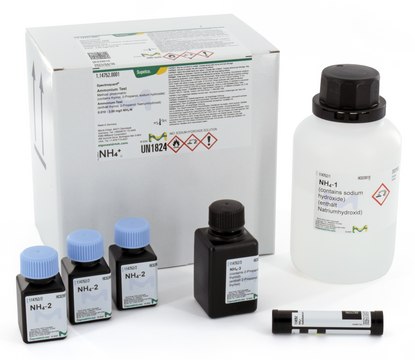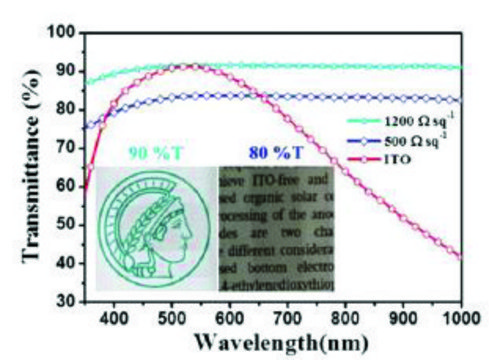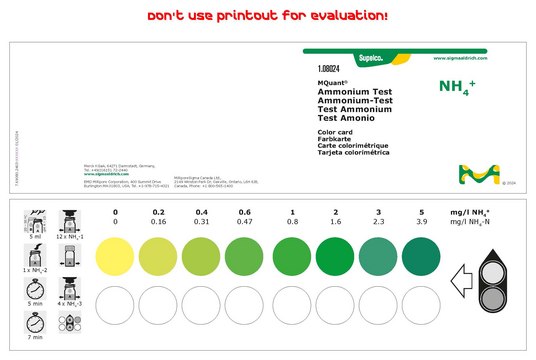AA0100
Ammonia Assay Kit
sufficient for 100 assays
Synonym(s):
Ammonia Quantitative Test Kit
About This Item
Recommended Products
Application
Kit Components Only
- Ammonia Assay Reagent 10 vial(s)
- L-Glutamate Dehydrogenase for Ammonia Assay 1 mL/vial
- Ammonia Standard Solution 1 mL/vial
Signal Word
Danger
Hazard Statements
Precautionary Statements
Hazard Classifications
Eye Irrit. 2 - Resp. Sens. 1
Storage Class Code
10 - Combustible liquids
Flash Point(F)
Not applicable
Flash Point(C)
Not applicable
Regulatory Information
Choose from one of the most recent versions:
Certificates of Analysis (COA)
Don't see the Right Version?
If you require a particular version, you can look up a specific certificate by the Lot or Batch number.
Already Own This Product?
Find documentation for the products that you have recently purchased in the Document Library.
Which document(s) contains shelf-life or expiration date information for a given product?
If available for a given product, the recommended re-test date or the expiration date can be found on the Certificate of Analysis.
How do I get lot-specific information or a Certificate of Analysis?
The lot specific COA document can be found by entering the lot number above under the "Documents" section.
How can I assess the absorbance change of my reagent blank when using Product AA0100, Ammonia Assay Kit?
Generally, an absorbance change of 0.050 or less indicates an acceptable range for the reagent blank. An absorbance change higher than this indicates possible contamination of the reagent (or glassware) with ammonia.
Is there a control that can be used to assess the accuracy of Product AA0100, Ammonia Assay Kit?
A convenient control for use with this kit is the Ammonia Standard Solution that is provided in the kit.
Which samples should be deproteinized for use with Product AA0100, Ammonia Assay Kit?
The basis for this kit was a Diagnostic procedure for the determination of Ammonia in human plasma, whose total protein concentration is approximately 63 to 83 mg/mL. Thus, any solution whose protein concentration is less than approximately 83 mg/mL should not require deproteinization.
How do I find price and availability?
There are several ways to find pricing and availability for our products. Once you log onto our website, you will find the price and availability displayed on the product detail page. You can contact any of our Customer Sales and Service offices to receive a quote. USA customers: 1-800-325-3010 or view local office numbers.
What is the Department of Transportation shipping information for this product?
Transportation information can be found in Section 14 of the product's (M)SDS.To access the shipping information for this material, use the link on the product detail page for the product.
My question is not addressed here, how can I contact Technical Service for assistance?
Ask a Scientist here.
Articles
Sigma article discusses tumor cell metabolic pathways, focusing on aerobic glycolysis and mitochondrial activity.
Fatty acid synthesis supports cancer cell proliferation, essential for membrane generation, protein modification, and bioenergetics.
Our team of scientists has experience in all areas of research including Life Science, Material Science, Chemical Synthesis, Chromatography, Analytical and many others.
Contact Technical Service






